Knife Maintenance Month: Lubricating and Preventing Corrosion
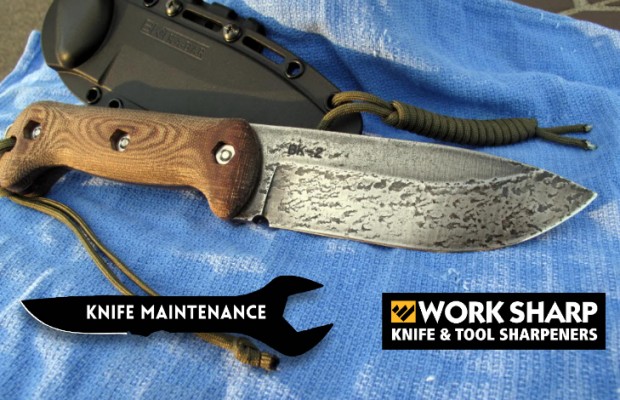
Brought to you by Work Sharp Knife & Tool Sharpeners
Part 1: How to Clean Your Blades
Part 2: Disassembly and Reassembly
Properly oiling your knives might be the most important thing you can do to maintain them. Oil doesn’t just keep mechanisms operating smoothly, it also helps prevent corrosion.
There are many options for how to best take care of your knives, but the right prescription for you depends on what kind of knife you have and what you plan on using it for.
NOTE: If your knives are used to cut food or dress game, it’s important to use a food-safe oil to keep petroleum distillates from contaminating your food. One good option is mineral oil, which is safe, cheap, and available at any drugstore.
Fixed Blades
Even though fixed blades don’t have any moving parts, keeping them oiled can be just as important. If you have knives made from carbon or tool steels like 1095, M4, O1, or D2, you already know how quickly a non-stainless steel can color or corrode. Some manufacturers will coat carbon steel blades to prevent them from rusting, but as that coating wears down you’ll have to protect it like you would a naked carbon steel blade. Just a microscopic layer of oil on bare steel is enough to repel moisture and protect it – simply wipe your blade down with oil, then wipe it dry. It won’t feel oily, but it’s there.
Forcing a Patina
There is another oil-free option for preventing rust: a patina. A patina is actually a layer of protective corrosion that forms a barrier to more sinister oxidation. The key difference between a patina and rust is chemistry. Rust is highly reactive, flaking off and disintegrating your blade steel into orange dust. Patinas, usually grey or bluish in color, are not technically rust – they are much more chemically stable, and cling to the steel’s surface, preventing any further corrosion. Luckily, you don’t need a chemistry degree to force a patina on a carbon steel blade. Most anything caustic will work; vinegar, lemon juice, or mustard are popular ‘around the house’ catalysts.
You don’t even have to “force” a patina to achieve one. As long as you are fastidious about keeping your knife clean, carbon steels will naturally patina over time. Any rust that does bloom can usually be removed with a strop or some high-grit sandpaper, and the knife will develop a unique patina that reflects the way you’ve used it. The Japanese call this authentic wear “Wabi-Sabi.”
Folding Knives
If you just want a simple, inexpensive solution to a squeaky pivot, most any clean, lightweight oil will do the trick – 3-in-one multipurpose oil is a common choice. These general-purpose oils are effective, but don’t deliver the same staying power as knife specific lubricants. Products like Benchmade’s Blue Lube, tend to last longer and lubricate better. They also often come in containers that make it easy to apply oil exactly where you want it to go.
Gently dab a couple drops of oil as close to the pivot as you can manage, and work it in by opening and closing the knife, then clean off any excess oil from the lock face with a clean cloth or Q-tip. And don’t forget to lightly oil the detent ball. This is often overlooked, but can make a huge improvement in the smoothness of a knife’s action.
If you plan on taking your knife apart to clean it, that’s a good opportunity to oil the knife. Just don’t apply oil to the knife’s locking parts – especially with a frame or liner lock and you’ll avoid a lock-failure disaster waiting to happen.
Visit KnifeNews next week for Part 4 of our Knife Maintenance Month series – sharpening your knives.



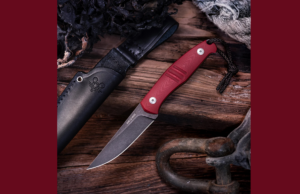

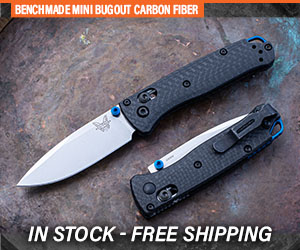






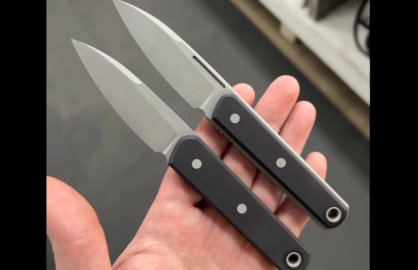
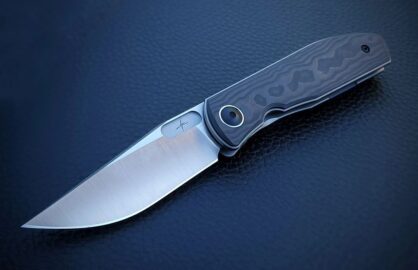


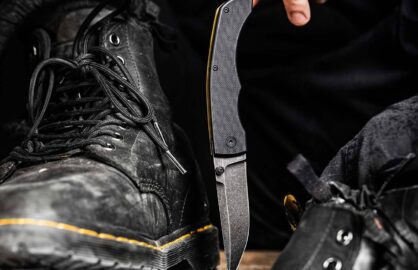
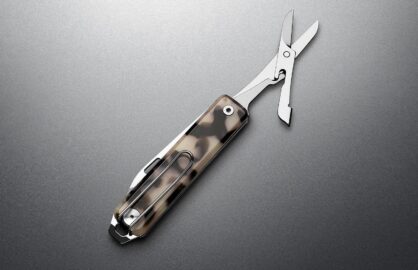



0 comments